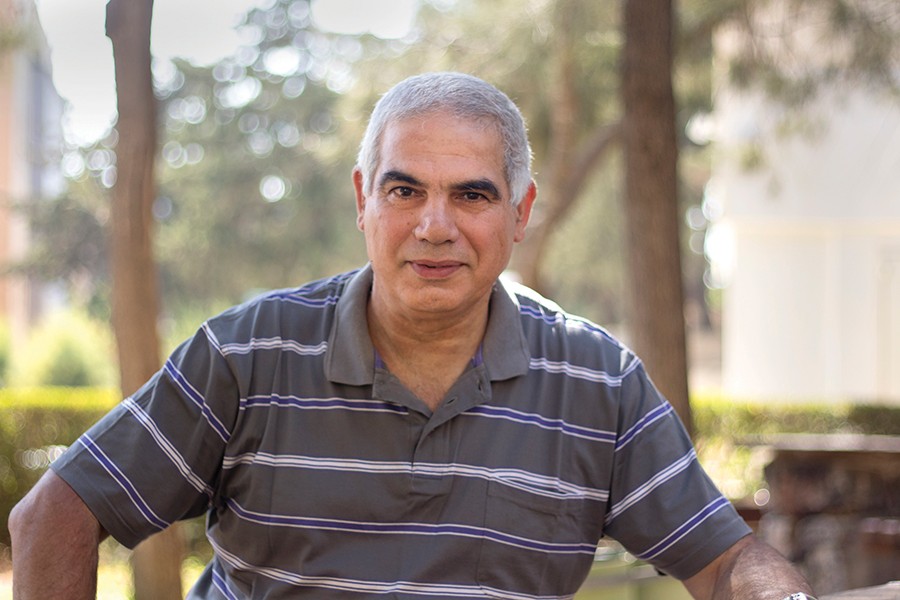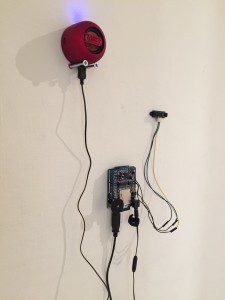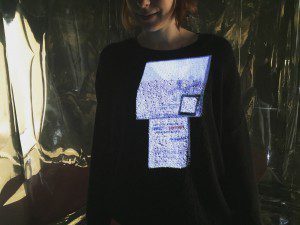Author: Jean Luc Farrugia

Once upon a time, the term ‘robot’ conjured up images of futuristic machines from the realm of science fiction. However, we can find the roots of automation much closer to home.
Nature is the great teacher. In the early days, when Artificial Intelligence was driven by symbolic AI (whereby entities in an environment are represented by symbols which are processed by mathematical and logical rules to make decisions on what actions to take), Australian entrepreneur and roboticist Rodney Brooks looked to animals for inspiration. There, he observed highly intelligent behaviours; take lionesses’ ability to coordinate and hunt down prey, or elephants’ skill in navigating vast lands using their senses. These creatures needed no maps, no mathematical models, and yet left even the best robots in the dust.
This gave rise to a slew of biologically-inspired approaches. Successful applications include domestic robot vacuums and space exploration rovers.
Swarm Robotics is an approach that extends this concept by taking a cue from collaborative behaviours used by animals like ants or bees, all while harnessing the emerging IoT (Internet of Things) trend that allows technology to communicate.
Supervised by Prof. Ing. Simon G. Fabri, I designed a system that enabled a group of robots to intelligently arrange themselves into different patterns while in motion, just like a herd of elephants, a flock of birds, or even a group of dancers!

I built and tested my system using real robots, which had to transport a box to target destinations chosen by the user. Unlike previous work, the algorithms I developed are not restricted by formation shape. My robots can change shape on the fly, allowing them to adapt to the task at hand. The system is quite simple and easy to use.
The group consisted of three robots designed using inexpensive off-the-shelf components. Simulations confirmed that it could be used for larger groups. The robots could push, grasp, and cage objects to move them from point A to B. To cage an object the robots move around it to bind it, then move together to push it around. Caging proved to be the strongest method, delivering the object even when a robot became immobilised, though grasping delivered more accurate results.
Collective transportation can have a great impact on the world’s economy. From the construction and manufacturing industries, to container terminal operations, robots can replace humans to protect them from the dangerous scenarios many workers face on a daily basis.
This research project was carried out as part of the M.Sc. in Engineering (Electrical) programme at the Faculty of Engineering. A paper entitled “Swarm Robotics for Object Transportation” was published at the UKACCControl 2018 conference, available on IEEE Xplore digital library.








